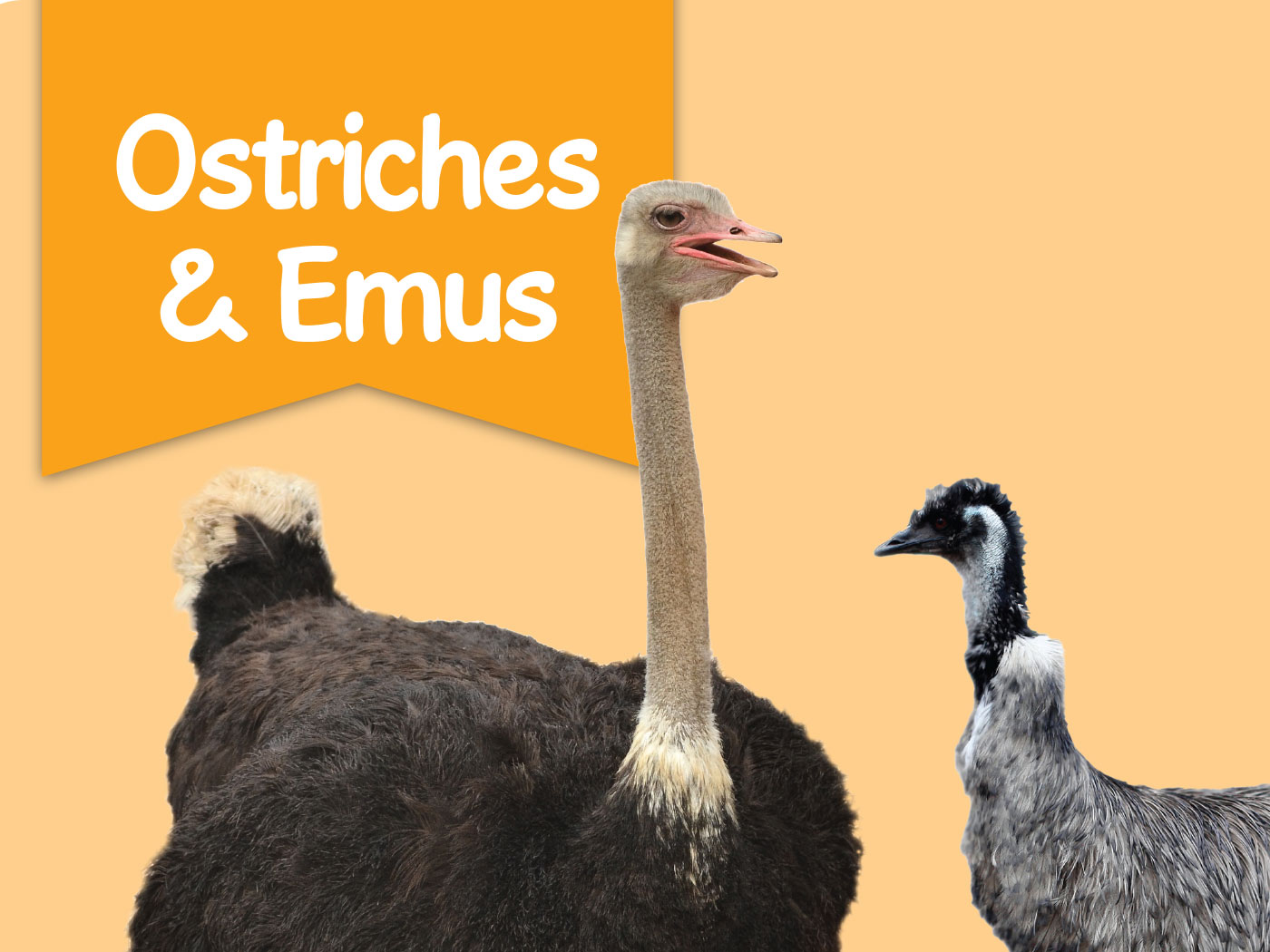The vast majority of dog breeds have emerged only in the last several centuries as a result of artificial selection. As new breeds are regularly developed, the many potential varieties within the dog kind are revealed. One distinction among breeds is their unique coats. Recent genetics analysis found that a huge range of dog fur textures are specified almost entirely by just three genes.
Elaine Ostrander, from the National Human Genome Research Institute in Bethesda, Maryland, and her colleagues found that when the three genes are combined in different patterns and proportions, they specify whether the fur will be wiry, curly, straight, smooth, long, short, or something in between.
The researchers found the genes after sampling the DNA of 1,000 different dogs from 80 different breeds. Team member Edouard Cadieu said, “The coats are just remarkable. It seems that every breed has a different coat.”1 He found one gene that specified hair length, one for curliness, and a third for stiffness.
“Just by mixing and matching…these three different genes, we could account for most of the variation that we see in coats in domestic dogs,” Ostrander told BBC News, which quoted geneticist Cathryn Mellersh as saying that this is “a surprisingly small number of genes.”1
The team compared the information in these breeds with the genome of wolves. They found that for each gene, “there was an ancestral or ‘wild-type’ form of the gene that dogs inherited from wolves.”1 Wolves are known to most closely resemble the original forms from which domesticated dogs were bred.
Dog coat texture is just one of many continually emerging examples of an elegantly simple genetic design that produces a wide variety of effects within a created kind. Another example is the color patterns of various lobsters and prawns. Subtle variations in one protein, crustacyanin, help paint the crustaceans with colors from across “the entire length of the visible spectrum [of light].”2
Scientists who take God’s Word seriously are constrained to interpret the emergence of the wide variety of dog kinds as having occurred in the last 4,000 or so years, all descendants of the two dogs that were aboard Noah’s Ark. Two points from this research highlight the veracity of this Bible-based history.
First, the genetic programming for the majority of dog features, especially in regards to essential biological functions, remains intact in each viable generation. However, the programming responsible for certain non-essential traits—traits that, if varied, might confer better survivability to that kind in differing environments—allows genes to be “shuffled” in order to produce that variety.
It appears as though the dog genome was designed with core structures that do not change, as well as certain simpler genetic structures that can combine to produce a wide array of variation in certain features. As creation scientists have long pointed out, God must have and would have, in His wisdom of foreseeing the fall of creation, made creatures with a potential for survival-enhancing variety.3
The proportions of the three genes that influence dog coats were identified as being particular to each breed. Each breed, therefore, has a specific genetic array for its hair—a subset of the original, wider variety of options that its ancestors possessed. But the wild type, which is closest to the original, to this day retains the potential to be shuffled out into various breeds over many generations.
Thus, this second observation from the recent research confirms the creation model concept of variation having occurred within particular kinds, with the subsequent varieties each possessing less overall genetic information and potential than their forebears. Modern dog varieties would be expected to have arisen from two original dogs. These would have had more genetic information than their descendants, with built-in potential for producing variations. And wolves seem to still have just that.
This research shows that dogs were engineered so “that an array of varied and seemingly complex phenotypes can be reduced to the combinatorial effects of only a few genes.”4 This elegant programming is considered “remarkable” and “surprising” when viewed from the perspective that it was somehow developed through natural selection of random mutations. But recent diversification of kinds is made plausible by these gene structures, and it comes as no surprise to scientists who hold the creation model.
Once again, the latest science confirms the biblical account.
References
- Gill, V. Variety of dogs’ coats explained. BBC News. Posted on bbc.co.uk August 27, 2009.
- Salleh, A. Genetic secrets of colour-savvy lobsters. ABC Science. Posted on abc.net.au July 27, 2009, reporting research published in Wade, N. 2009. Evolution of a Novel Carotenoid-Binding Protein Responsible for Crustacean Shell Color. Molecular Biology and Evolution. 26 (8): 1851-1864.
- Thomas, B. Flower Color Changes: Evolution or Creation in Action? ICR News. Posted on icr.org July 23, 2009, accessed August 27, 2009.
- Cadieu, E. et al. 2009. Coat Variation in the Domestic Dog Is Governed by Variants in Three Genes. Science. Published online August 27, 2009.
* Mr. Thomas is Science Writer at the Institute for Creation Research.
Article posted September 8, 2009.













